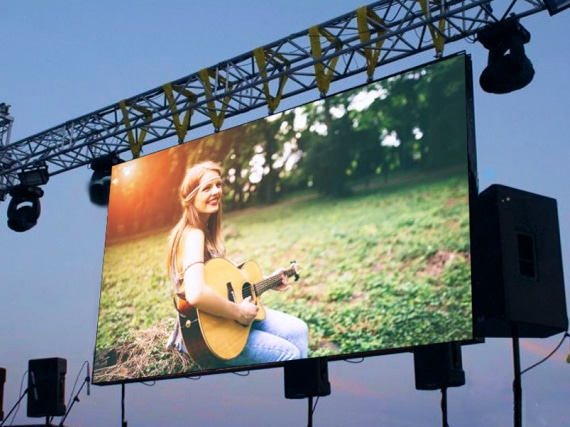Investigating the Key Elements That Influence Hue Consistency in Light Emitting Diode Panel Screens for Ideal Visual Output
Investigating the Key Elements That Influence Hue Consistency in Light Emitting Diode Panel Screens for Ideal Visual Output
Blog Article
Color consistency in LED wall screens is essential for achieving optimal visual output. light-emitting diode wall screens are widely used in multiple settings, including concerts, conferences, and promotional displays. When the colors on these panels are uniform, they create a more captivating and immersive encounter for viewers. Several key elements influence hue uniformity, including the caliber of the light-emitting diode components, calibration procedures, and environmental factors.
The quality of the LED components plays a significant role in color consistency. Various types of light-emitting diodes produce light at varying wavelengths, which can influence the overall color result. High-quality LEDs are designed to produce a more consistent light spectrum, resulting in improved hue precision. Additionally, the manufacturing process of these LEDs can impact their performance. Screens made with superior materials and techniques tend to have less color differences, ensuring that the shown images and footage look lively and faithful to reality.
Calibration is another crucial element in maintaining color uniformity in light-emitting led video wall rental for events diode wall panels. Tuning involves adjusting the configurations of the panel to ensure that the hues shown match the intended design. This process can include fine-tuning luminosity, contrast, and color equilibrium. Regular tuning is essential, especially in environments where lighting factors change often. By calibrating the panels, specialists can correct any inconsistencies in color result, resulting to a more uniform viewing encounter.
Surrounding conditions also affect color uniformity in light-emitting diode wall screens. Factors such as ambient light, heat, and moisture can influence how colors are seen. For example, intense ambient light can wash out colors, making them look more lively. Similarly, extreme temperatures can affect the functionality of the light-emitting diodes, leading to color changes. To mitigate these issues, it is crucial to place LED wall panels in controlled environments where illumination and heat can be controlled efficiently.
Finally, the design and arrangement of the LED wall screens can affect color consistency. The arrangement of the panels, as well as the distance from which they are viewed, can create differences in hue recognition. When panels are arranged too far apart or at different angles, audiences may notice inconsistencies in color. To achieve the optimal visual performance, it is important to take into account the positioning and arrangement of the screens during setup. By addressing these factors, users can guarantee that their LED wall panels deliver a uniform and high-quality visual encounter.